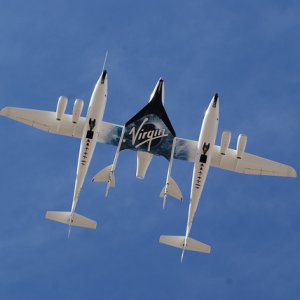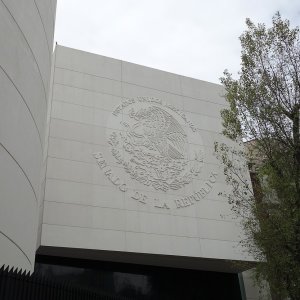Turning Mexico Into One of Bombardier’s Three Main Pillars

Turning Mexico Into One of Bombardier’s Three Main Pillars

STORY INLINE POST
Q: What are Bombardier’s environmental, social, and governance (ESG) plans to adapt to current disruptions in the aerospace and aviation sectors?
AP: ESG plans are essential to us; we published our plan a few years ago and we update it every year. The current plan addresses 11 key areas and includes well-defined strategies, so everyone in Bombardier can follow every part of our services or processes. With ESG, we measure our success through results. For example, we are focusing on our environmental footprint, diversity and inclusion, compliance and customer satisfaction.
MD: Not only is sustainability important for Bombardier but it has become critical to the community surrounding the company. In Mexico, we see a great deal of participation from all employees, who appreciate that this is a priority for the corporation. In Mexico, prioritizing ESGs is part of the community’s values, which greatly helps advance these goals at a corporate level.
Q: How do financial stability and sustainability impact each other within the aerospace industry?
AP: Often, being sustainable goes hand in hand with producing financial benefits. For example, we have made progress in reducing energy consumption in Mexico to limit our environmental footprint and to save costs. Being sustainable benefits both areas. Almost every quarter, board members and the senior leadership team highlight the importance of ESG for investors, who are increasingly interested in companies that take ESG seriously. We also follow the latest technology trends and regulations linked to the environment.
Q: How are projects like the company’s EcoJet research helping test the next generation of business aircraft?
AP: The EcoJet is a fantastic project and a platform for research. We are using it to focus on designing a new aircraft shape that will help us reduce aerodynamic drag. It has also been helpful in our research on Sustainable Aviation Fuels (SAF) and hybrid propulsion. We are increasingly seeking to use electrical systems on aircraft, including electrical propulsion. The existing technology capacity does not allow us to go fully electric yet, so we are working with our partners and testing the technology on the EcoJet to prepare the technology we want to use in our next aircraft programs.
MD: The advances are real. The aerospace sector, by nature, is very conservative, especially when it comes to metallic parts. However, we are seeing the evolution of Bombardier by introducing new technology and exploring new ways to do things.
Q: What has been the focus of Bombardier’s innovation efforts in recent years and how is this helping companies to reduce costs in a strained economic environment?
AP: For the past five years, most of our innovation has gone into improving passenger experience. The Global 7500 is a leader in the industry that includes seats, which revolutionized the seat market. For almost 50 years, the seats on the plane had remained the same and we developed a new mechanism that brings comfort to the passenger. A Global aircraft can travel for 10, 12 or 14 hours of flight, so when someone is traveling across the globe, they should be able to rest and arrive well-rested to their destination. Our competitor copied our aircraft lighting system, so we consider ourselves leaders in this as well.
We have also redesigned the cabin on the Global 7500, which will be called the Global 8000 and will be the longest business aircraft available, with three dedicated workspaces for corporate customers. We want to get our customers’ feedback and improve it. All of our innovation comes from listening to our customers and the constant need to innovate.
Q: What is Mexico’s role in Bombardier’s operations and where is the company headed?
MD: Bombardier values its operations in Mexico because of the culture, mindset and engagement of our employees, among other reasons. In Mexico, we have the highest engagement results from our surveys at Bombardier. Since day one, Mexico and Queretaro have offered great support to Bombardier. We have access to training, skills and people, so it is clear that our operations in Queretaro are here to stay and that there are many opportunities to grow.
AP: Our goal is to boost our presence in the country. We want to grow by more than 30% in Queretaro over the next three years, which means more work at the workshop and the office. We are recruiting engineers, finance people, IT specialists and many more candidates. Our vision for the facilities in Mexico is for them to become one of the three main pillars of Bombardier.
The growth project will be a success if we can attract the talent we need. We are looking to fill our buildings with the right people and we can benefit from the good perception people have of us.
Bombardier is a leading global manufacturer of business jets. It produces the Challenger 650, Challenger 3500, Global 7500, Global 5500, Global 6500 and 8000. The planemaker also has a global network of service centers.








 By Sofía Hanna | Journalist and Industry Analyst -
Thu, 02/23/2023 - 09:32
By Sofía Hanna | Journalist and Industry Analyst -
Thu, 02/23/2023 - 09:32
















